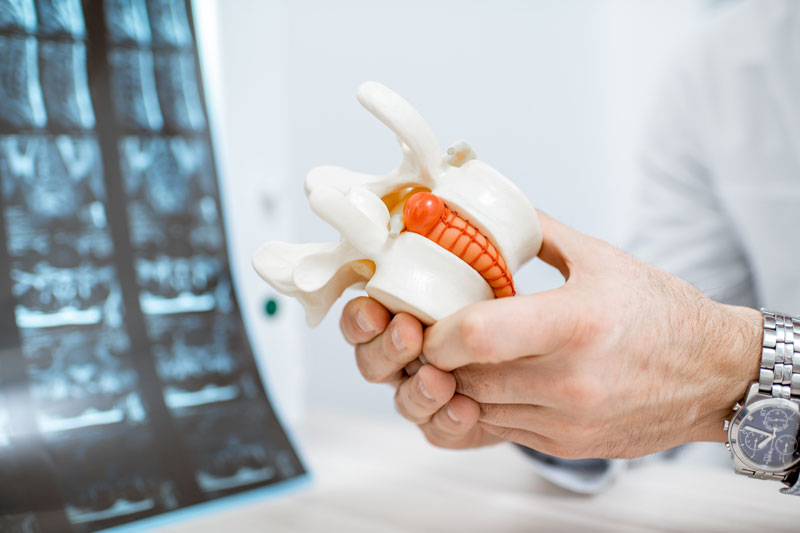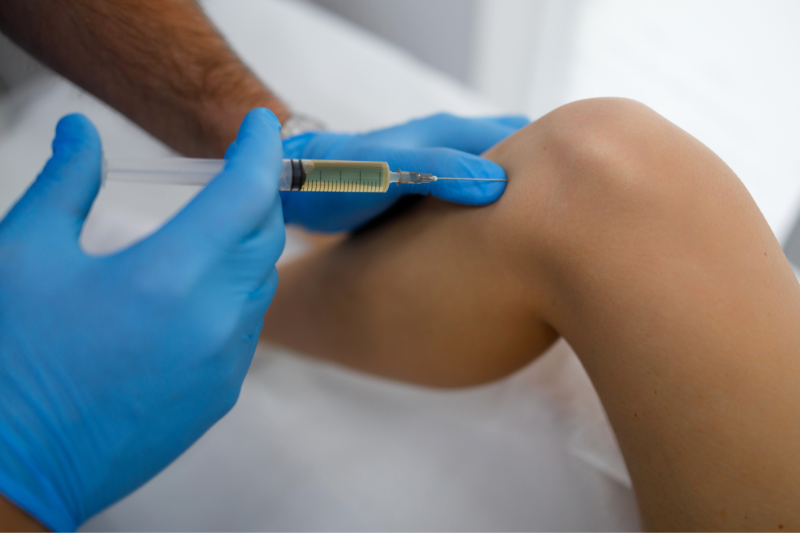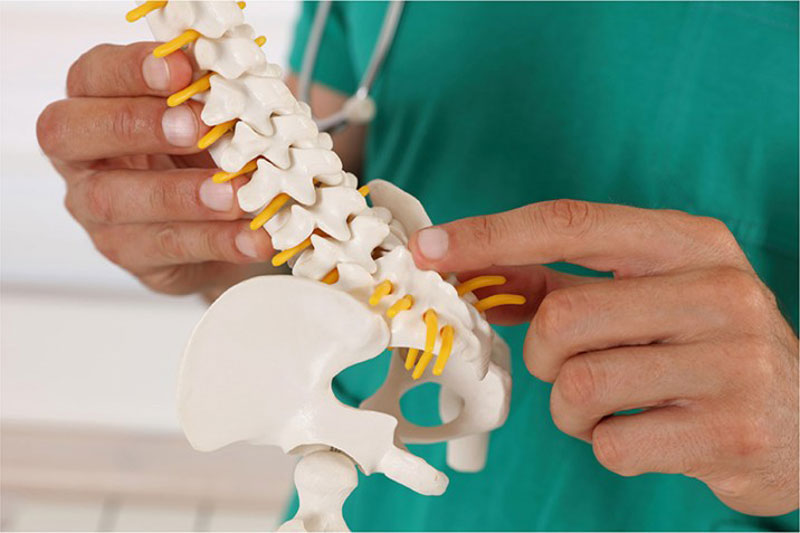What is a Trigger Point Injection?
A trigger point injection delivers medication directly into the painful tight regions of muscles or fascia. These injection-targeted sites are known as trigger points. Trigger points can be felt under the skin as a knot or nodule.
When pressed with a finger, knots may cause muscle spasms or pain. The local anesthetics (lidocaine or procaine) are the most commonly used drugs injected into these locations to treat pain. These injections are an effective treatment for trigger point pain or discomfort.
Why is a Trigger Point Injection Performed?
Conditions Treated With Trigger Point Injections:
- Myofascial pain syndrome is one of the most prevalent disorders treated with trigger point injections. Myofascial pain syndrome may occur when tightened bands of muscle tissue cause abnormal contractions that strengthen or spread over time to develop small, localized areas within the muscle.
- By increasing the tension or pressure on a muscle or muscle group, myofascial pain syndrome can contribute to other musculoskeletal problems such as rotator cuff disease (a condition affecting the upper arm and shoulder).
- The precise method through which myofascial pain syndrome begins and progresses is unknown. This disorder may be caused by several reasons, including damage to or illnesses of the fascia or connective tissue.
- Autoimmune Disorders: in which the body’s immune system destroys the fascia, May also, play a role in the development of myofascial pain syndrome.
- Cancer And Its Treatment: (e.g., surgery or chemotherapy) can both cause damage to healthy fascia or muscles around a tumor, resulting in damaged and tensed muscle tissue.
Trigger point development may also be associated with a variety of other causes and conditions. These include:
- Arthritis
- Emotional distress
- Fibromyalgia
- Gall bladder diseases
- Muscular fatigue
- Muscular trauma
- Pain Management
Trigger point injections are used by doctors to treat chronic muscle pain and other musculoskeletal disorders. Muscle pain can occur due to several causes, including sleeping in an improper position or ripping big muscle groups after a strenuous weightlifting session.
Although many types of muscle pain go away after a few days of rest, persons with persistent or chronic muscle pain may need medical attention. Chronic muscle pain can seriously impair a person’s ability to function and quality of life. Trigger point injections may provide rapid relief to those suffering from chronic muscle pain
How is a Trigger Point Injection Performed?
Nothing needs to be done to prepare for a trigger point injection. It is important to speak with your doctor about your medications, symptoms, and overall health before it.
During a trigger point injection process, you can expect to be sitting or laying down on a table, depending on the trigger point location. Your doctor will use an alcohol pad to clean the afflicted area of your skin.
Your doctor may use a skin marker to mark the trigger point. After feeling the trigger point, your doctor will pinch it between their fingers to stabilize the tissue. Your doctor will place a small needle attached to a syringe into the trigger point and needle the area by inserting and retracting the needle repeatedly without completely removing the needle from the muscle or your skin.
You will most likely experience a muscle spasm or twitch. Your doctor will continue to move the muscle in numerous directions until the twitching stops or the muscle feels sufficiently relaxed. Your doctor will inject a local anesthetic with or without corticosteroid or botulinum toxin into the affected area.
What To Expect After a Trigger Point Injection?
Trigger points are often uncomfortable to the touch, so you may feel some discomfort while your doctor manually locates the trigger point before injection. When your doctor inserts the needle and medication, you may experience stinging and burning sensations.
When the needle tip reaches the trigger point, you may experience a transient increase in pain. Although this may be painful, it is a positive indication that the needle is in the right place. After a trigger point injection, you can go home and resume normal activities. You should avoid intense exercise for the first few days.













